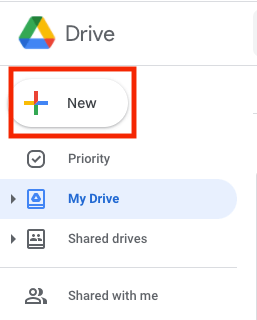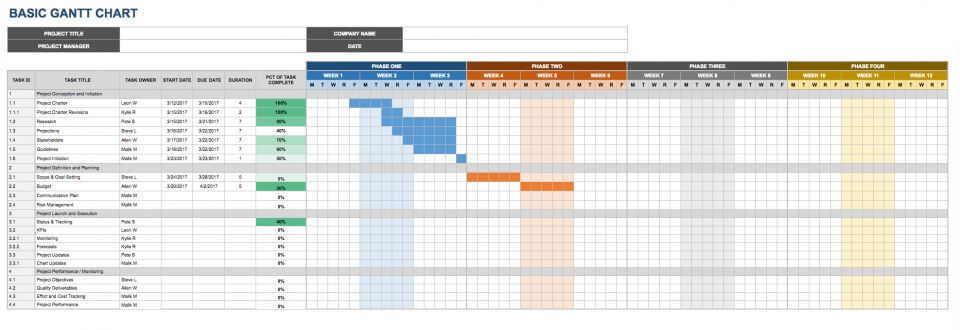


There’s really no rules for the purpose of creating a gantt chart.

Here are some further breakdowns you might consider adding to the data and chart for analyzing more relationships. Where are we seeing overlap in projects? Is there someone assigned to multiple tasks at the same time? Are there large gaps of time that could be used for other activities?Īll answers and discoveries depend on the dimensions you’ve added to the data. However, this requires more advanced techniques of using either formula calculations or creating a sparkline bar chart, which is not covered in this tutorial.

There are alternatives to using a stacked bar chart, where you can use a start date and end date in your data. =INT(Task’s End Date Cell)-INT(Task’s Start Date Cell).Duration of Days - This formula uses the selected task’s start date and end date.=INT(Selected Task’s Start Date Cell)-INT(First Task’s Start Date Cell).Days since start - This formula uses the beginning date of the first task (First Start Date) and the start date of any of the tasks (Selected Start Date).If your metrics are start date and end date, use the formulas below to create data columns for the tasks start day and duration of days. A metric A metric is a column of numerical data i for the days since the startĭue to the tool’s limitations, the stacked bar chart must start at 0, requiring whole numbers for days from the start of the time period, instead of using a start date in date format.A dimension A dimension is a column of qualitative data that is in text format and non-numeric i (A task, event, or activity).The data for a gantt chart in Excel and Google sheets will require the following: In Excel or Google Sheets, select the cells containing the data for the dimensions and time durational metrics. Tableau Conference Toggle sub-navigation.Reference Materials Toggle sub-navigation.Teams and Organizations Toggle sub-navigation.


 0 kommentar(er)
0 kommentar(er)
